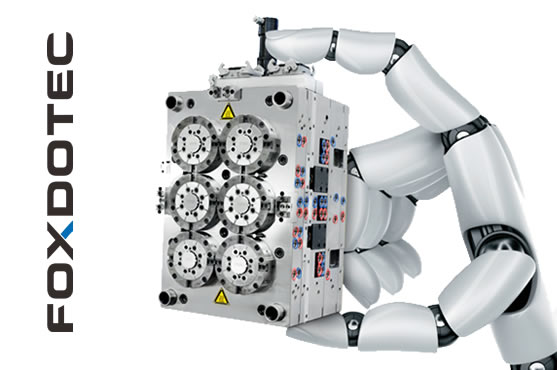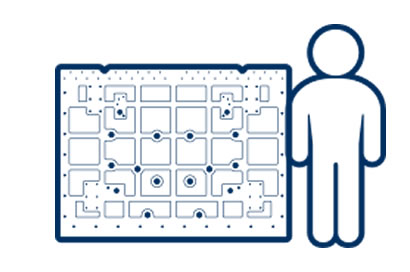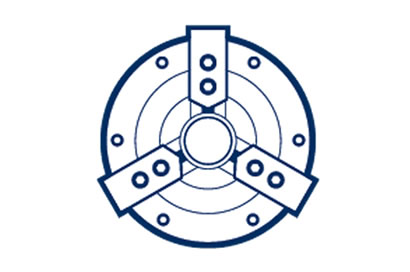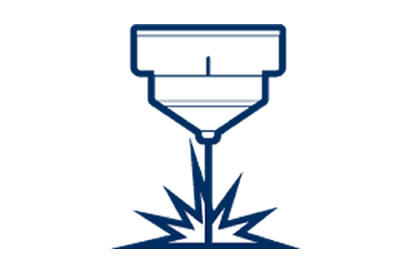Turning Machining Services
Turn your visions into reality with our Turning Machining Services! Backed by state-of-the-art equipment and expertise, we offer precision turning solutions tailored to your exact specifications. Say goodbye to compromises and hello to excellence. Elevate your projects with our comprehensive Turning Machining Services. Experience efficiency and accuracy like never before—partner with us today!
Turning
What is Turning?
Turning is a machining process that involves rotating a workpiece on a lathe while a cutting tool removes material to create cylindrical parts with rotational symmetry. It is one of the most common machining operations and is used to produce a wide variety of components in various industries.
The turning process typically involves the following steps:
- Workpiece Setup: Secure the workpiece in the lathe chuck or collet, ensuring that it is properly centered and aligned with the lathe axis.
- Tool Selection: Select the appropriate cutting tool for the desired operation, taking into account factors such as material, geometry, and surface finish requirements.
- Cutting Operation: Rotate the workpiece at a controlled speed while feeding the cutting tool into the workpiece surface. The cutting tool removes material in the form of chips, creating the desired shape and dimensions.
- Finishing: After rough machining, the workpiece may undergo additional finishing operations such as facing, turning, grooving, or threading to achieve the final dimensions and surface finish.
- Quality Control: Inspect the finished parts to ensure they meet the specified tolerances and quality standards. This may involve dimensional measurement, surface finish analysis, and visual inspection.
Turning is capable of producing a wide range of cylindrical parts, including shafts, pins, bushings, and threaded components. It offers several advantages, including high precision, versatility, and efficiency, making it a popular choice for manufacturing operations.
Precision Injection Mold


How to improve the quality of Turning?
Improve Turning Process
To enhance the quality of turning processes, consider the following strategies:
- Proper Workpiece Setup: Ensure that the workpiece is securely held in the lathe chuck or collet, properly centered, and aligned with the lathe axis. This helps prevent vibrations and ensures accurate machining.
- Tool Selection and Maintenance: Select high-quality cutting tools suitable for the material and operation. Maintain tools properly by sharpening or replacing them when necessary to ensure optimal cutting performance and surface finish.
- Optimize Cutting Parameters: Adjust cutting parameters such as cutting speed, feed rate, and depth of cut to achieve optimal machining results. Experiment with different parameter settings to find the best combination for the desired outcome.
- Minimize Vibration: Minimize vibration during machining by using stable cutting setups, proper tool overhang, and appropriate cutting strategies. Excessive vibration can lead to poor surface finish and dimensional accuracy.
- Implement Coolant and Lubrication: Use coolant or lubricant to reduce friction and heat during machining. This helps improve tool life, surface finish, and chip evacuation, leading to better overall quality.
- Quality Control Measures: Implement rigorous quality control measures throughout the turning process, including in-process inspections, dimensional measurement, and surface finish analysis. Identify and address any deviations from the desired specifications promptly.
- Utilize Advanced Technologies: Take advantage of advanced turning technologies such as CNC (Computer Numerical Control) machining, toolpath optimization software, and in-process monitoring systems to improve efficiency and precision.
- Continuous Improvement: Continuously evaluate and improve turning processes based on feedback and lessons learned. Encourage collaboration and knowledge sharing among team members to identify areas for improvement and implement best practices.
By implementing these strategies and focusing on continuous improvement, you can enhance the quality of turning processes and achieve better results in terms of surface finish, dimensional accuracy, and overall part quality.

CNC Machining
CNC machining is a computer-controlled manufacturing process that utilizes pre-programmed software to dictate the movement of machinery and tools. This technology enables the precise cutting, drilling, and shaping of materials such as metal, plastic, and wood to create intricate components with high accuracy and consistency.
Read More
Precision Grinding
Precision grinding is a manufacturing process that involves the removal of material using abrasives to achieve extremely tight tolerances and surface finishes. used to produce components with intricate shapes, precise dimensions, and smooth surfaces. Precision grinding techniques include cylindrical grinding, surface grinding, and internal grinding.
Read More
Electrical Discharge Machining
Electrical Discharge Machining (EDM) is a non-traditional machining process that utilizes electrical discharges to erode material from a workpiece. It is particularly useful for machining complex shapes and hardened materials that are difficult to machine with conventional methods. EDM can achieve high precision and surface quality.
Read MorePrecision machining and manufacturing involve the use of advanced techniques and equipment to produce highly accurate and intricate components with tight tolerances. It requires expertise in machining processes, material properties, and quality control methods to ensure the production of high-quality parts for various industries.
Key Aspects of Understanding Injection Molds
- Design Principles: Understand the principles of injection mold design, including considerations for part geometry, material flow, cooling, and ejection.
- Materials and Construction: Explore the materials commonly used in injection mold construction, such as tool steel, aluminum, and beryllium copper.
- Manufacturing Techniques: Gain insights into the manufacturing processes used to produce injection molds, including machining, EDM, and CNC milling.
- Mold Maintenance and Repair: Learn about the importance of mold maintenance and preventive maintenance schedules to ensure the longevity and performance of injection molds.
- Tooling Standards and Regulations: Familiarize yourself with industry standards and regulations related to injection mold design and manufacturing.
- Advanced Technologies: Stay informed about advancements in injection mold technology, such as rapid prototyping, additive manufacturing (3D printing), and simulation software.
- Cost Considerations: Gain insights into the cost factors associated with injection mold production and learn about strategies for cost optimization.
- Case Studies and Best Practices: Study real-world examples of successful injection mold projects across various industries.
Key Aspects of Understanding Precision Machining
- Processes and Techniques: Explore the various precision machining processes and techniques, including turning, milling, drilling, grinding, electrical discharge machining (EDM), and others.
- Materials: Learn about the different types of materials commonly machined using precision techniques, such as metals (e.g., aluminum, steel, titanium), plastics, ceramics, and composites.
- Tooling and Equipment: Familiarize yourself with the cutting tools, machine tools, and equipment used in precision machining.
- Tolerances and Metrology: Gain insights into tolerance requirements and metrology techniques used to measure and verify part dimensions and surface characteristics.
- Design for Manufacturing (DFM): Explore principles of design for manufacturability (DFM) and how they apply to precision machining.
- Quality Assurance: Understand quality control measures and inspection techniques used in precision machining.
- Applications and Industries: Explore the diverse applications of precision machining across industries such as aerospace, automotive, medical, electronics, and tooling.
- Advanced Technologies: Stay informed about advancements in precision machining technology, including automation, robotics, additive manufacturing (3D printing), and advanced materials.
Precision machining and mold technical documents
Other Downloads
- Technical Parameter 3.9 MB
- Technical Drawing 1.8 MB
